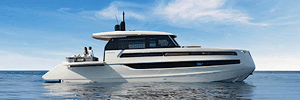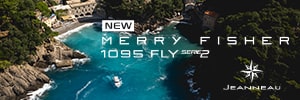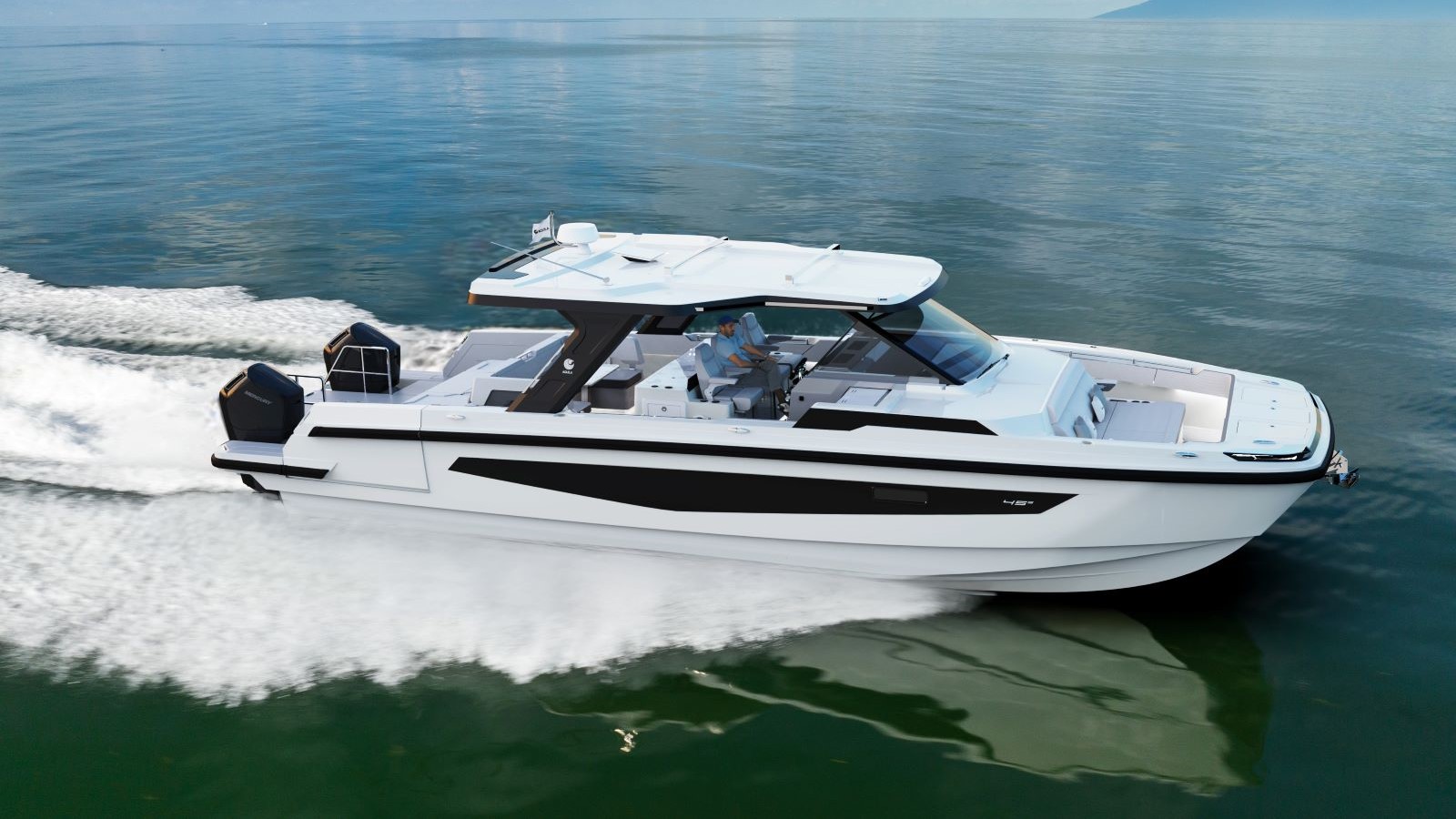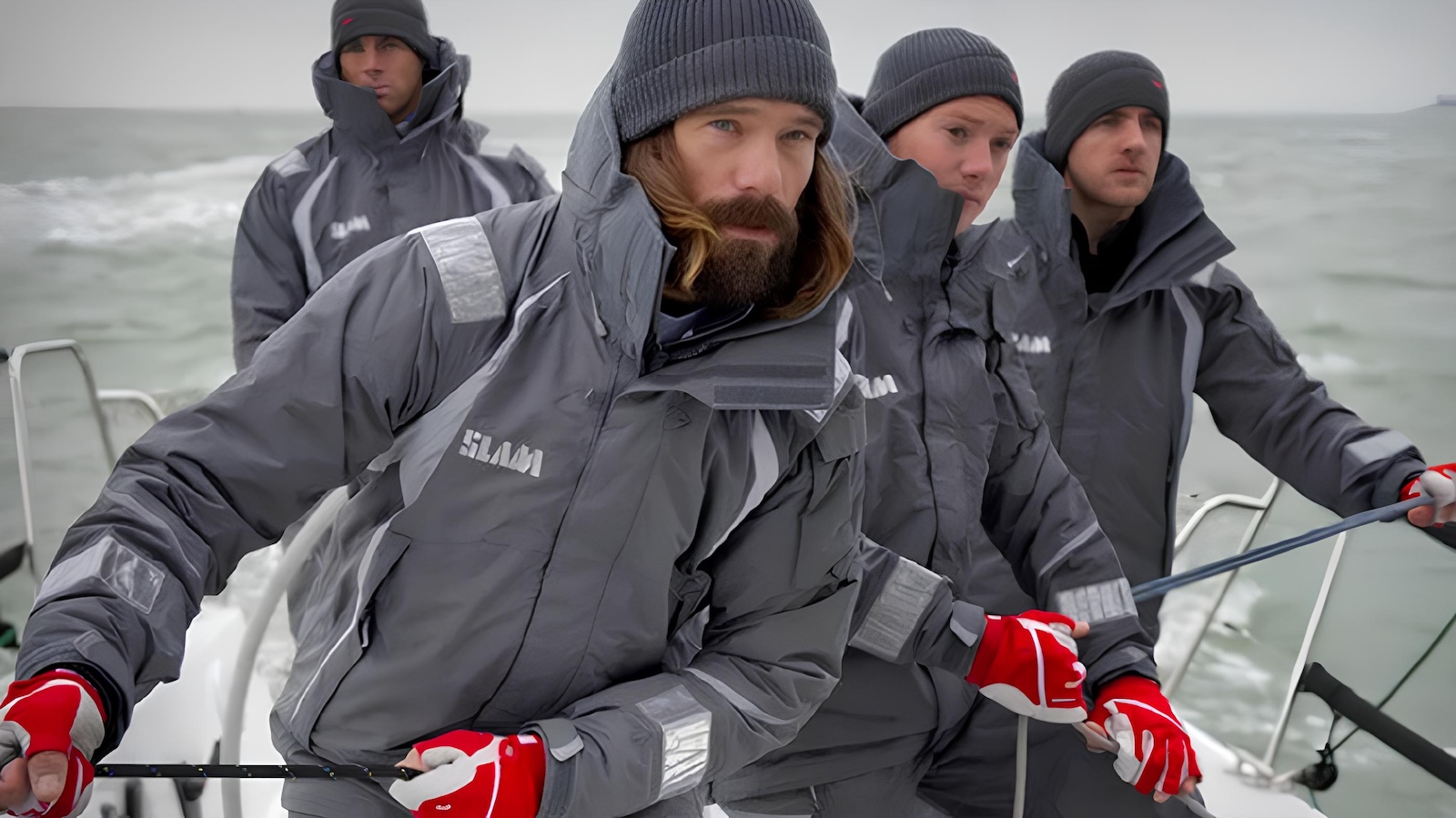Here are the general rules to berth safely in strong wind
Harbour manoeuvres are a common nightmare among boaters. The 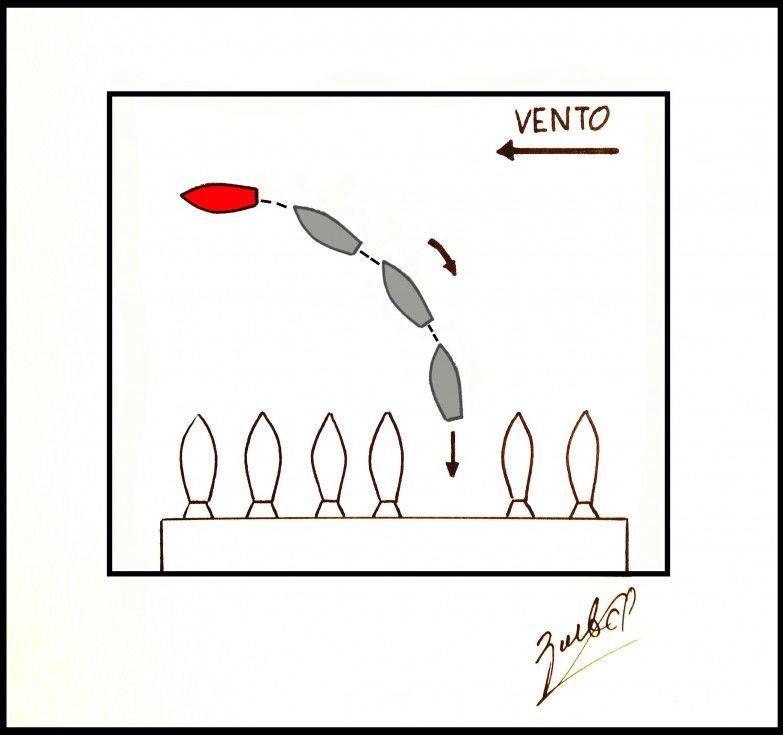 anxiety that often characterizes the minutes before the berthing manoeuvre passes with a little experience. But if this is true in normal conditions, things get more complicated when wind (especially crosswind) starts to blow.
anxiety that often characterizes the minutes before the berthing manoeuvre passes with a little experience. But if this is true in normal conditions, things get more complicated when wind (especially crosswind) starts to blow.
The following are some experience-based tips which, however, are subject to an infinite number of variables, such as wind speed and direction, spaces available and boat type. Consequently, what we are proposing you today are not absolute dogma but general rules to be adapted to individual situations.
Let us begin by dispelling a myth. Stern-to mooring is not mandatory. Especially in strong wind conditions. Stern-to mooring is, in fact, an all-Mediterranean habit, justified by the favourable weather conditions normally found in that sea. In North Europe, where weather is much more inclement, bow-to mooring is the most widespread berthing method.
In this regard, there are two essential notions that deserve to be taken into consideration: crosswind is the most annoying wind, both when entering the harbour and approaching it (when lateral pressure inevitably moves the boat leeway). Contrary to windless calm situations, where you can manoeuvre very slowly to minimize the risk of damage, strong wind requires to be faster.
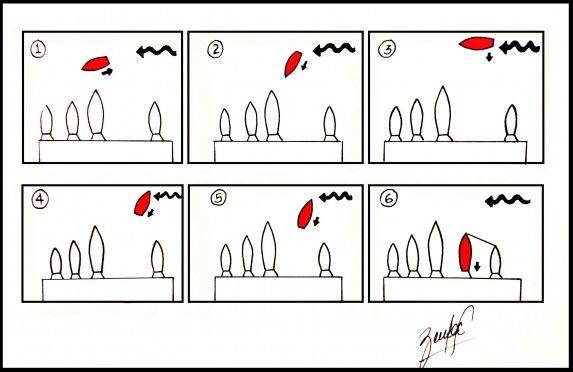
Fenders, coiled ropes and instructed crew are essential requirements for a properly performed manoeuvre.
Now, let’s try to analyze the typical situation when many boaters regret loving sailing: berthing in a strong crosswind.
If the situation is that indicated in the drawing, the advice is to get to windward stern-to. This way, the boat is better controlled and, above all, the captain avoids the situation of moving forward with the bow up wind and then having to stop the boat and reverse, with the certainty of seeing the bow drift quickly on the left.
The trick is to hold the boat upwind. So, shift the engine into reverse, keeping the port side of your transom on the bow of the boat upwind your berth. As you get closer, you can gradually reduce this angle by easily controlling the speed.
The rotation time depends on many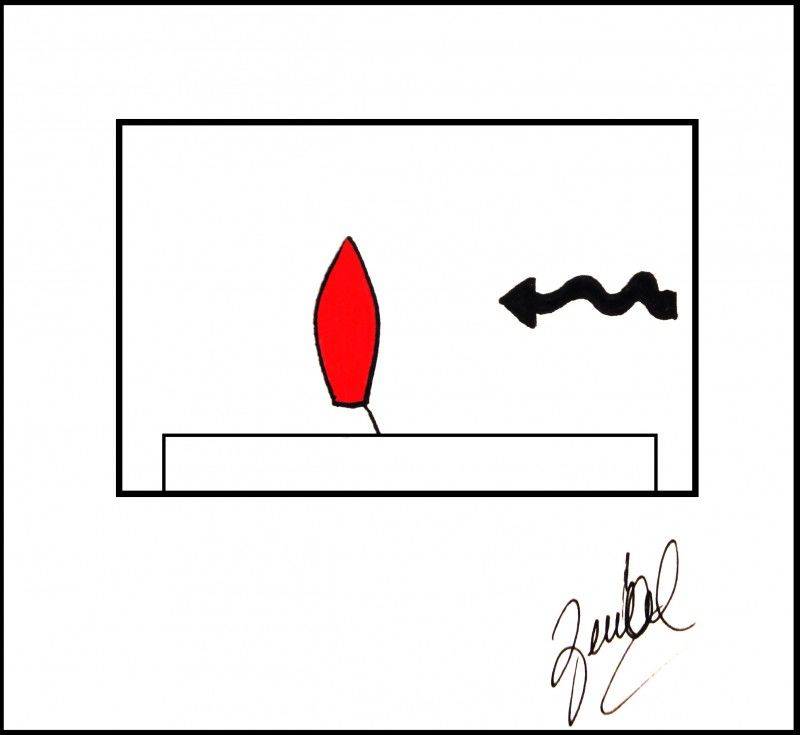
Alternatively, you can move upwind of the berth, rotate the bow to starboard keeping it oriented upwind and reach the berth to align and enter.
If your berth is positioned between two boats and is rather tight, this is even better. You can enter it and have all the time to fix your lines, paying attention only to the distance from the dock.
Anyway, if you sail with a crew on board, someone can go on the windward boat to support the bow with a rope aimed at our bollard and retained on the bollard of the boat next to you.
As a general rule, in crosswind conditions, it is much better to first take the line upwind and then the mooring post. It is a question of levers. Once you get to the quay and stop the boat, if you fix the stern line upwind, you have to move forward and luff in order to expose the stern to the traction of the rope; you will see the boat immediately pull up the bow.
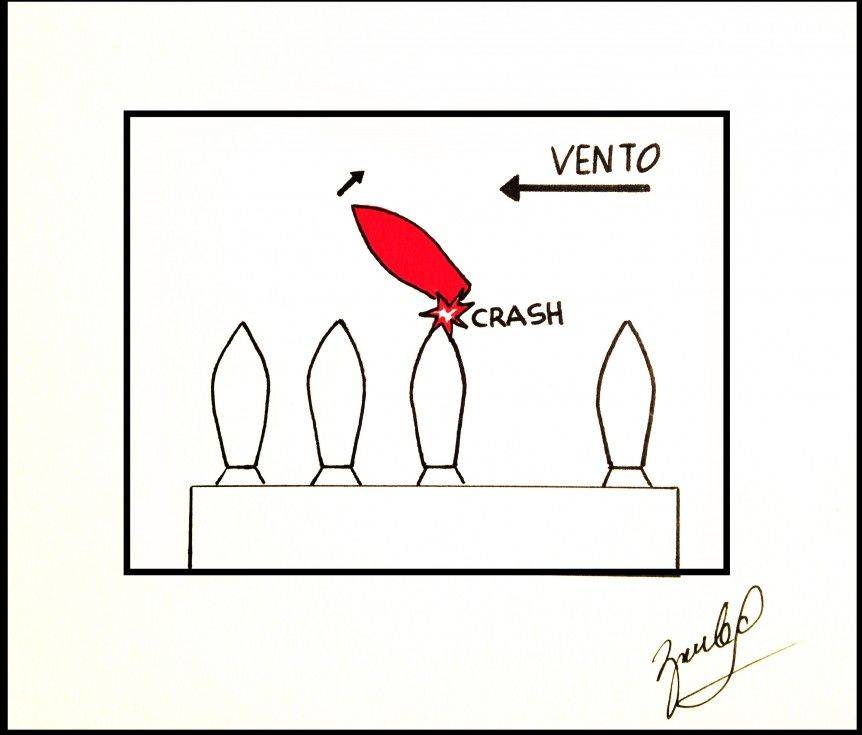
Although this is an efficient manoeuvre, it is always important to pay attention to possible lines and ropes in water.
Bow thrusters make everything significantly easier, especially when berthing in strong wind. Provided that you know how to use it, or rather, that you know its effects not only on the bow but on the whole boat.
If, in fact, you are too upwind and your bow is drifting, using a bow thruster means turning the stern and definitely ending up on the bow of the leeward boat.
You should therefore always consider the spaces required for your boat to move and use the bow thruster, knowing that its action does not make the whole boat move upwind but makes it rotate on an imaginary pivot stuck amidships.






